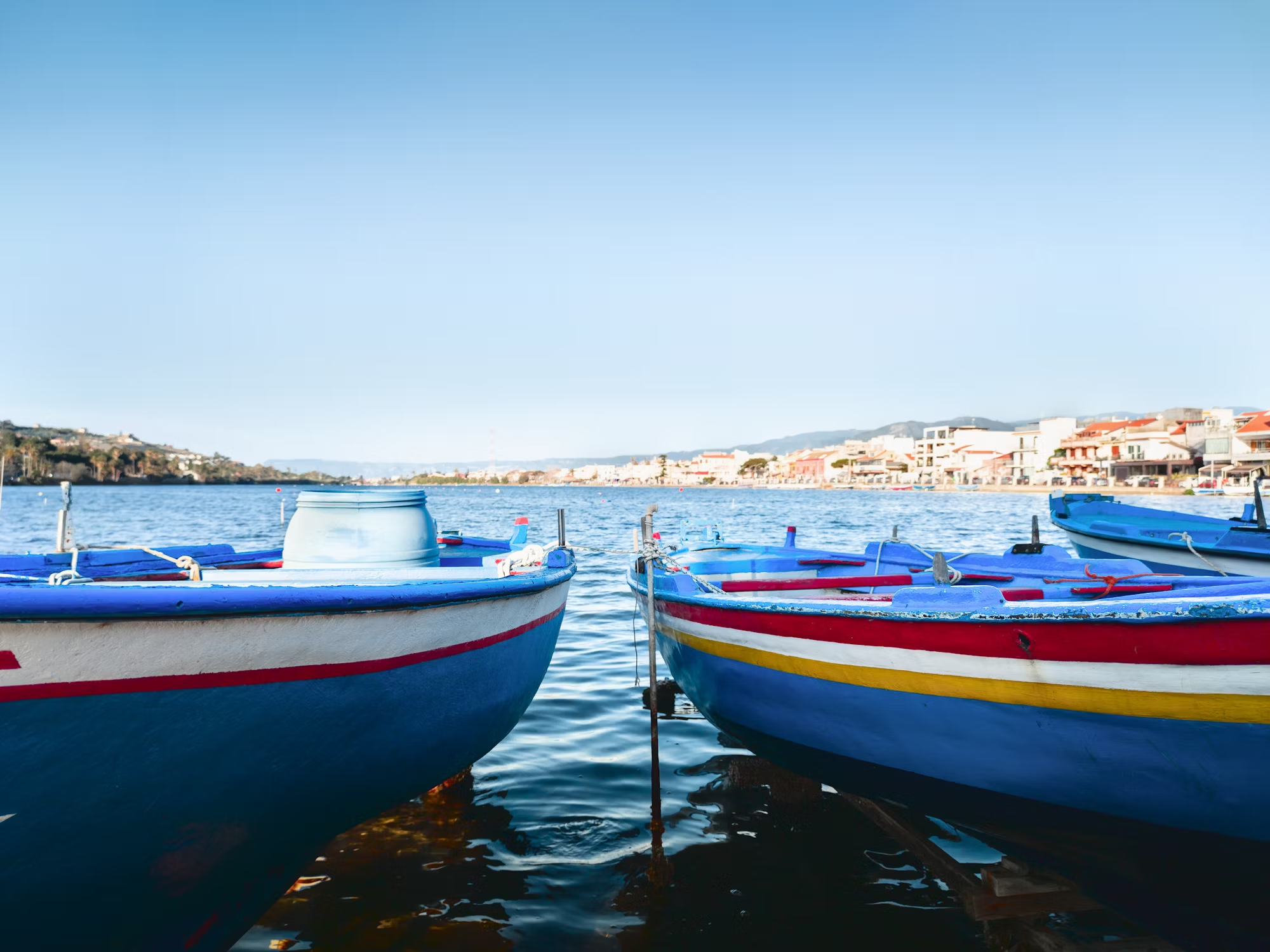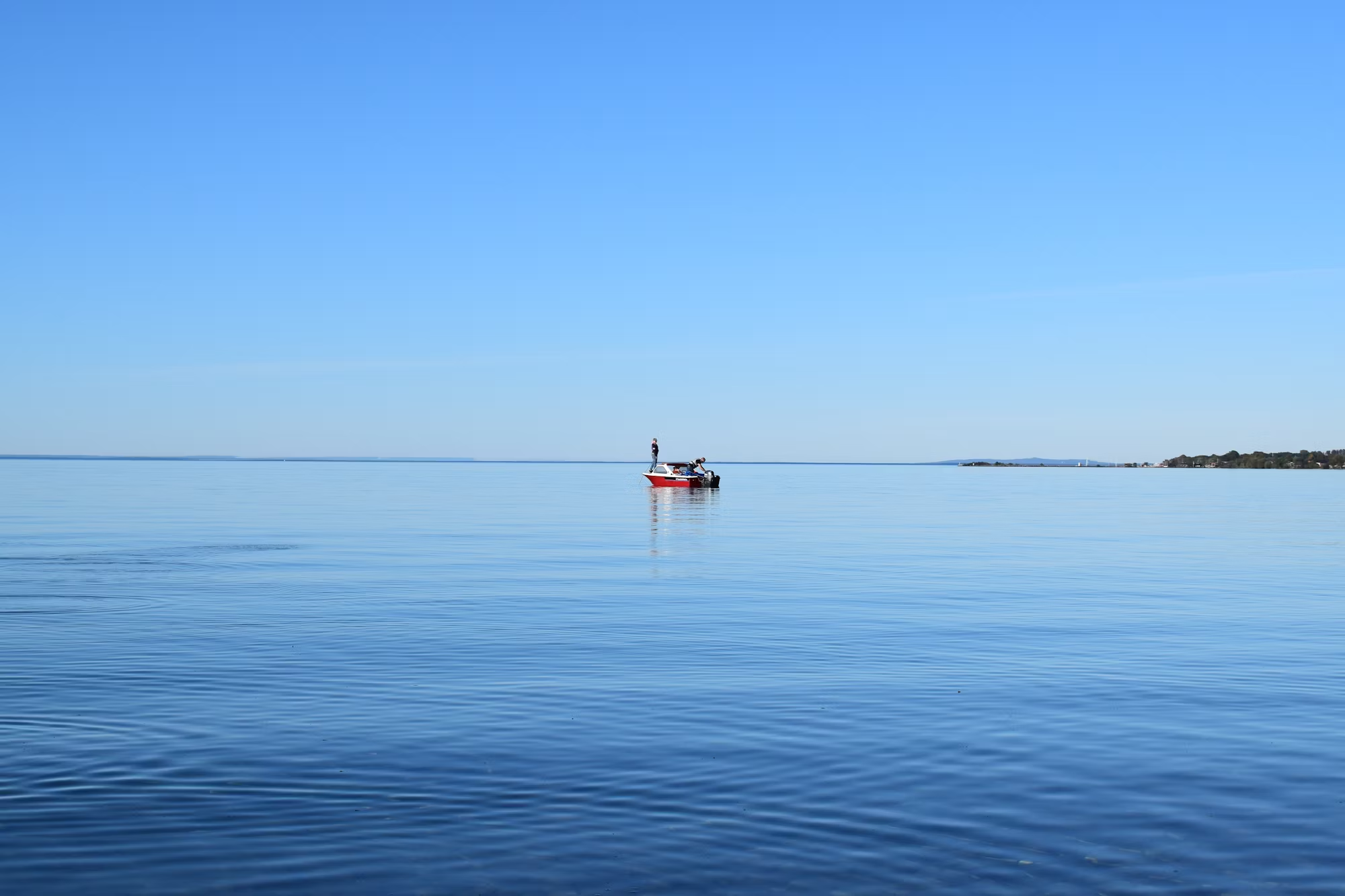Exploring Fishing Techniques: Traditions and Innovations
This article examines various fishing techniques, their cultural significance, and the balance betwe

Fishing is more than just a means of obtaining food; it is a time-honored tradition that has evolved over centuries, reflecting the cultures and ecosystems of the regions where it is practiced. From ancient methods that utilized simple tools to the sophisticated technologies of today, fishing techniques have adapted to meet the needs of both subsistence and recreational anglers. This article explores various fishing techniques, their cultural significance, and the ongoing innovations shaping the future of fishing.
The Historical Journey of Fishing Techniques
Fishing has been integral to human survival for thousands of years. Early civilizations relied heavily on fishing as a primary food source, utilizing techniques that were simple yet effective. Evidence of fishing practices can be traced back to ancient Mesopotamia, where tools made of bone and wood were employed to catch fish from rivers and lakes.
As societies advanced, so did their fishing techniques. The ancient Egyptians crafted nets and lines, which are documented in hieroglyphs, showcasing the importance of fishing to their diet and economy. In many ways, fishing methods developed in response to local environments, highlighting a community’s resourcefulness and connection to nature.
Various Fishing Techniques Around the World
Today, fishing methods vary widely across the globe, each reflecting local ecosystems and cultural practices. Let’s delve into some notable techniques:
1. Angling
Angling is one of the most popular methods of recreational fishing, encompassing various styles such as spinning and bait casting. Spinning involves using a spinning rod and reel to cast lures or natural bait into the water. This versatile technique allows anglers to target numerous species, from freshwater bass to saltwater snapper.
Fly fishing, a subset of angling, involves casting lightweight artificial flies to attract fish, typically in rivers and streams. This method is appreciated for its artistry and skill, requiring not only technical proficiency but also a deep understanding of aquatic ecosystems. Many anglers find peace and focus in the rhythmic casting motion, creating a meditative experience in nature.
2. Net Fishing
Net fishing includes several techniques, such as casting nets and seine nets. Casting nets are circular nets that fishermen throw into the water to ensnare fish, while seine nets are larger and pulled through the water to encircle schools of fish. These methods require both skill and an understanding of fish behavior, often passed down through generations.
In coastal communities, net fishing can be a communal activity, bringing families and neighbors together for the catch. Many cultures celebrate this practice with festivals and traditions, reinforcing social bonds and honoring the sea’s bounty.
3. Trawling
Trawling is primarily used in commercial fishing and involves dragging large nets through the water to capture fish and other marine life. There are two main types: bottom trawling, which drags nets along the ocean floor, and midwater trawling, which captures fish that swim higher in the water column. While this technique can lead to significant catches, it raises concerns about environmental sustainability, particularly regarding habitat destruction and bycatch.
To address these challenges, many fishing communities are advocating for more sustainable practices and technologies that minimize environmental impact, such as using smaller nets or implementing catch limits.
4. Spearfishing
Spearfishing is an exhilarating technique where anglers hunt fish underwater using a spear or spear gun. This method can be practiced while free diving or with scuba gear, offering a unique way to engage with marine life. It requires skill, patience, and a keen understanding of underwater ecosystems, making it a thrilling pursuit.
Many coastal cultures incorporate spearfishing into their traditions, often viewing it as a rite of passage. The practice fosters a profound respect for the ocean and its resources, encouraging sustainable harvesting methods.
5. Ice Fishing
Ice fishing is a distinct method practiced in colder climates, where anglers drill holes in frozen lakes to catch fish. This technique often requires specialized gear, including ice shelters to shield against the cold. Anglers typically use jigs or tip-ups to attract fish beneath the ice.
Ice fishing has become a communal activity during winter months, often featuring tournaments and festivals that celebrate the sport. These events foster a sense of community and create lasting memories for families and friends who gather to fish together in the chilly outdoors.
The Cultural Importance of Fishing
Fishing is deeply rooted in many cultures, often symbolizing a connection to the land and sea. In Japan, traditional fishing methods are celebrated in various festivals that honor the ocean’s bounty. Events like the Bon Odori festival emphasize gratitude for the catch, showcasing how fishing practices are intertwined with cultural heritage.
In indigenous cultures, fishing often holds spiritual significance. Many Native American tribes conduct fishing ceremonies that emphasize sustainability and respect for aquatic ecosystems. These rituals serve as reminders of the balance needed to preserve fish populations and the natural environment.
Innovations in Fishing Practices
As the global population grows, the demand for seafood increases, leading to both challenges and innovations in fishing. Overfishing and environmental degradation pose significant threats to aquatic ecosystems, prompting many communities and organizations to explore sustainable practices.
Aquaculture, or fish farming, has emerged as a solution to meet seafood demands while alleviating pressure on wild fish stocks. By cultivating fish in controlled environments, aquaculture can provide a sustainable source of seafood. However, responsible practices are essential to prevent issues such as water pollution and habitat destruction.
Technological advancements also play a crucial role in modern fishing. Enhanced monitoring systems and data analytics allow for better management of fish stocks, ensuring sustainable practices are followed. Many countries are increasingly adopting regulations to promote responsible fishing, emphasizing the need for environmental stewardship.
The Future of Fishing
The future of fishing lies in finding a balance between tradition and innovation. As fishing communities adapt to changing environmental conditions and consumer demands, there is a growing recognition of the importance of sustainability. This includes embracing practices that protect marine habitats while continuing to honor cultural traditions.
Education and outreach play vital roles in promoting sustainable fishing habits among anglers. By fostering a sense of responsibility and connection to the environment, communities can work together to safeguard aquatic resources for future generations.
Conclusion
Fishing is a rich tapestry of techniques, traditions, and cultural significance that spans the globe. From ancient practices to modern innovations, fishing has shaped societies and connected people to nature. As we face the challenges of sustainability in the 21st century, it is essential to embrace practices that honor both our heritage and the environment. By understanding the diverse methods of fishing and their cultural implications, we can ensure that this timeless activity continues to thrive for generations to come.




